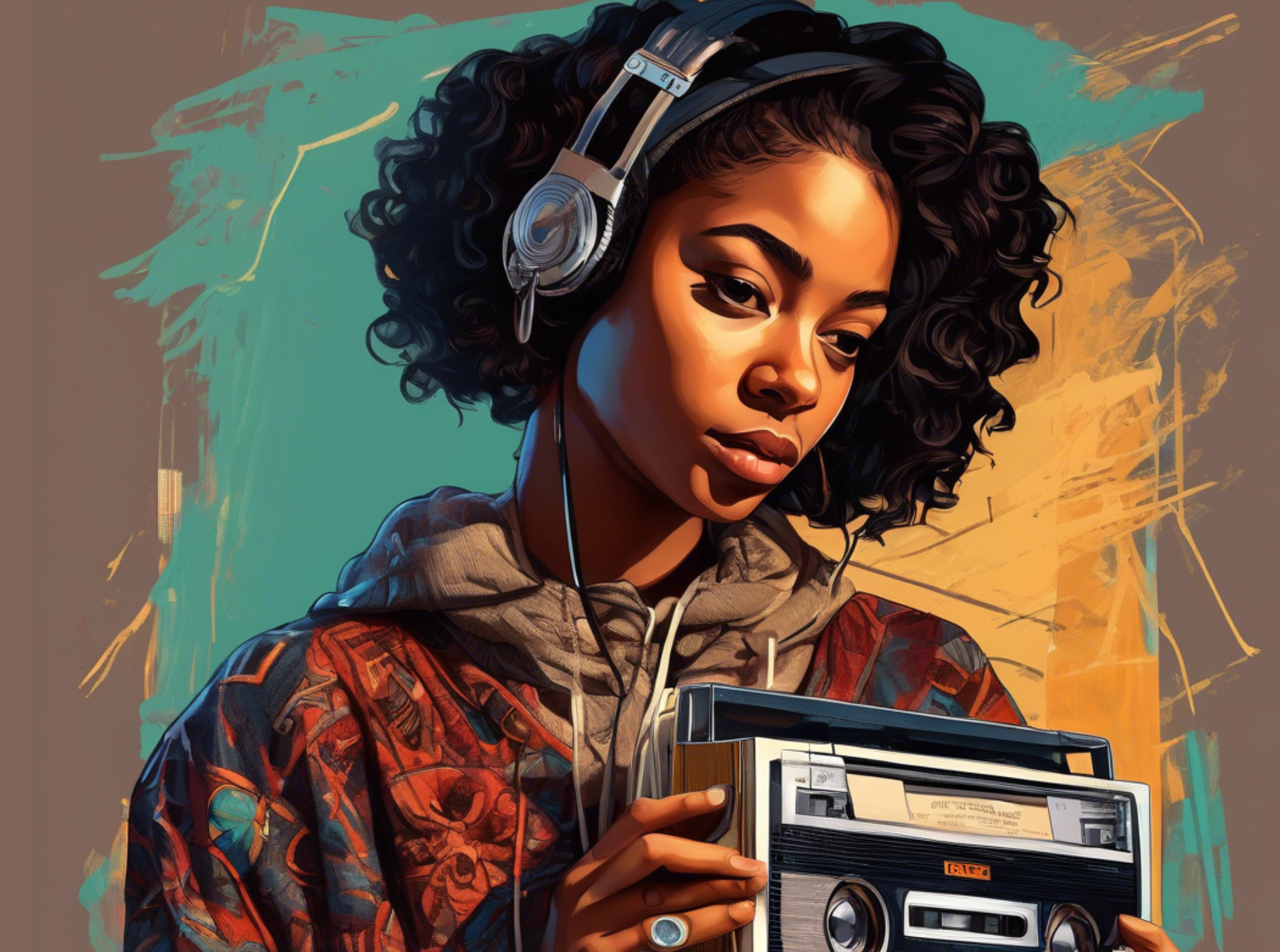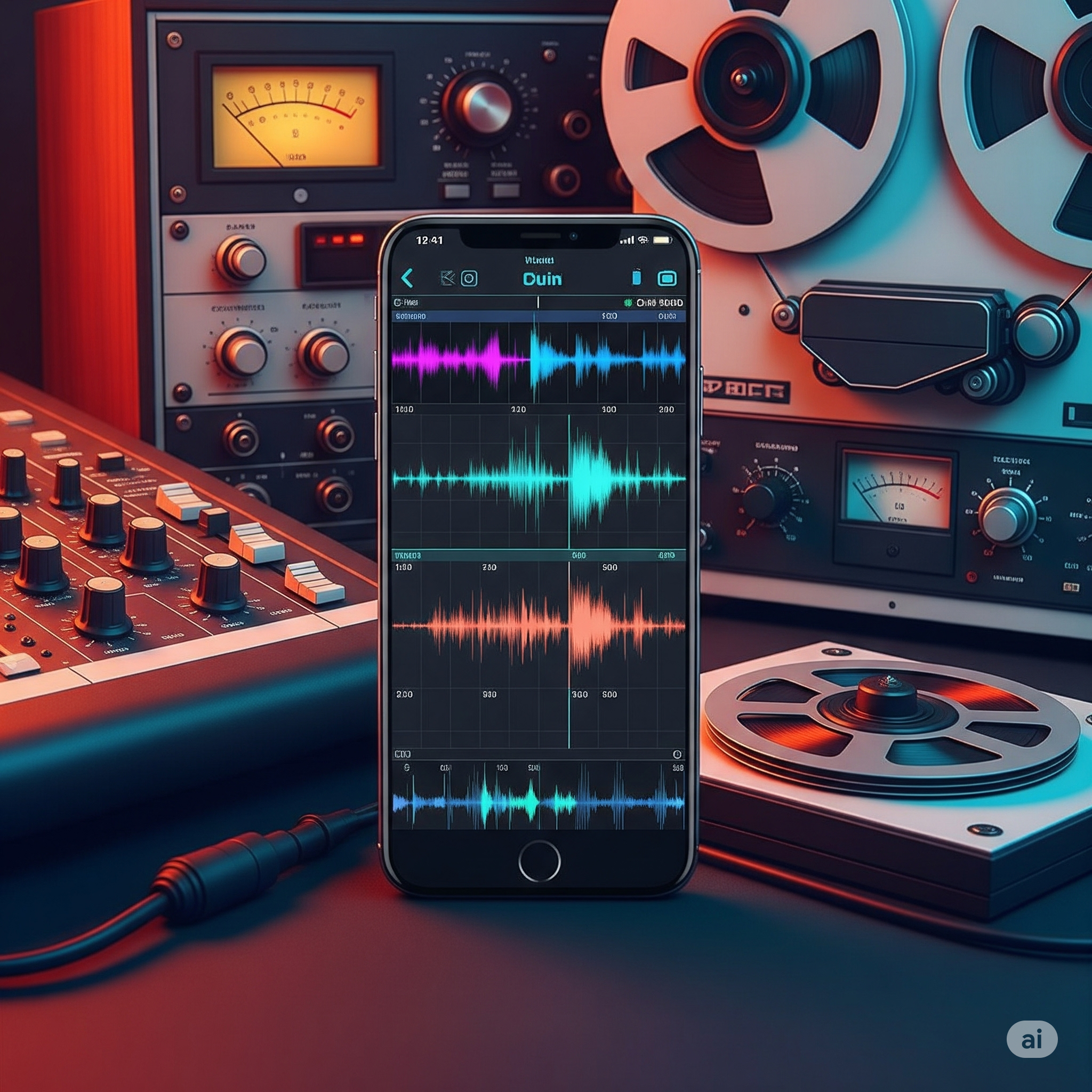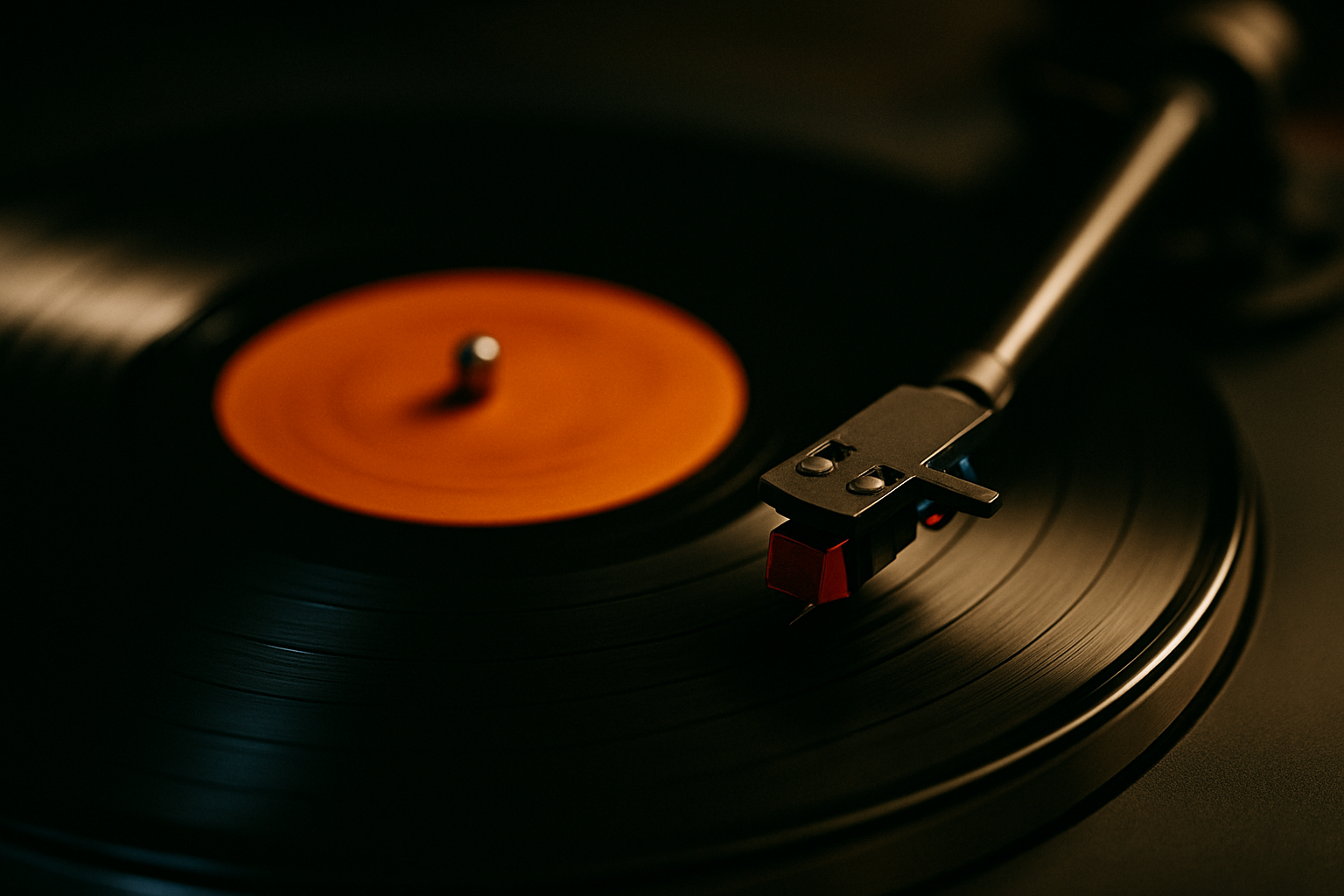
Why Nostalgia Is Powering the Re-Emergence of Older Music
Only a rookie thinks that trends are but a season; the OGs know that trends come and go, only to swing right back full circle. They might be repackaged, dressed up, and called by another name, but trends always return. It’s kind of like digging through your parents’ wardrobe, finding something, and thinking, “Yeah, I can make this work,” wearing it to an event, and then a week later, everyone is rocking their father’s trousers.
But what is the psychology behind the re-emergence of old trends, especially old music that streaming giants are willing to bet real money on it?
A Blast From The Past: Why Old Music Is Trending Again
By the late 2024, music streaming platforms made an intriguing reveal: old playlist favorites are making a comeback. From music as far back as the 1960s to the more recent hits of the 2010s. If you’re on TikTok or any social media platform focused on video and audio content, this observation would not come as a surprise. If we’re being completely honest, oldies have been the vibe for a while now and they’re not going anywhere.
But let’s all pretend to be shocked for a second, gasp in disbelief, and say “No, you don’t mean it!”
So what is driving this shift in listener preferences? Why are these classic hits popular again? Nostalgia? Emotional resonance? A craving for more meaningful lyrics? Probably a mix of all three.
Through features like Spotify Wrapped, we can see just how much listener choices can significantly affect artists’ earnings. And shifts like the resurgence of older music are already affecting royalty streams. What does that mean for artists and the music industry as a whole?
How Streaming Platforms Are Reviving Classic Hits
Most music streaming platforms have transformed old catalogs into active, revenue-generating assets. On the Nigerian music scene, for example, you will find digitized versions of classic tracks from the ‘60s, ‘70s, and ‘80s on platforms like YouTube. As these old catalogs are brought back to life, there is growing concern over whether these versions are being handled by the rightful owners, and whether streaming income is getting back to the original creators.
But the fact is, there’s a healthy demand for music many thought was long forgotten. During the pandemic, Spotify reported a 54% increase in searches for ‘oldies’ and ‘throwback’ playlists, demonstrating the growing appetite for these songs.
There are also streaming algorithms on these platforms that suggest “next plays” based on a person’s listening habits. And so, these songs are placed in front of those who are most likely to stream them. Additionally, there is playlisting, landing on a popular playlist can catapult a song, old or new, back into the spotlight.
And let’s not forget social media. Virality culture is breathing new life into otherwise forgotten tracks. Turning them into trending sounds and viral sensations by incorporating them into social media content.
What this means For Artists, Listeners, And The Music Industry
Streaming has completely rewritten music’s life cycle. Previously, once a song faded after initial popularity, you had to intentionally seek it out to preserve it for personal enjoyment. Now, with streaming platforms, those songs remain infinitely accessible, able to earn royalties and stay relevant indefinitely.
Music catalogs have also become more attractive to investors. With recurring subscription fees and steady streaming income, these once-dormant tracks now promise consistent royalties, something almost impossible in the pre-streaming era.
The importance of catalog management is brought to the forefront once again. Artists and rights holders must ensure their catalog information is accurate and up-to-date, especially for older works. They can take advantage of catalog management solutions like Royalti.io to achieve this. Doing so ensures that older works are ethically available on streaming platforms and that royalties from sync deals or streaming go where they belong.
Nostalgia is Here to Stay
Music, by its very nature, is timeless. A quote from Sergei Rachmaninoff, a Russian composer and pianist, says, “Music is enough for a lifetime, but a lifetime is not enough for music.”
The re-emergence of older music proves that great songs never truly go out of style. There’s something about music acting as a key to memory, unlocking emotions and moments we’ve tucked away in the recesses of our minds—that’s the power of nostalgia.
As listeners seek comfort and connection, nostalgia is here for the long haul, and it’s a powerful driver of streaming trends. For artists or record labels, now might be the perfect time to sample or revisit that old-school track you’ve been eyeing since. Who knows? You might just help a new generation rediscover its magic.
A song you’ve heard a thousand times might still have something new to say.



